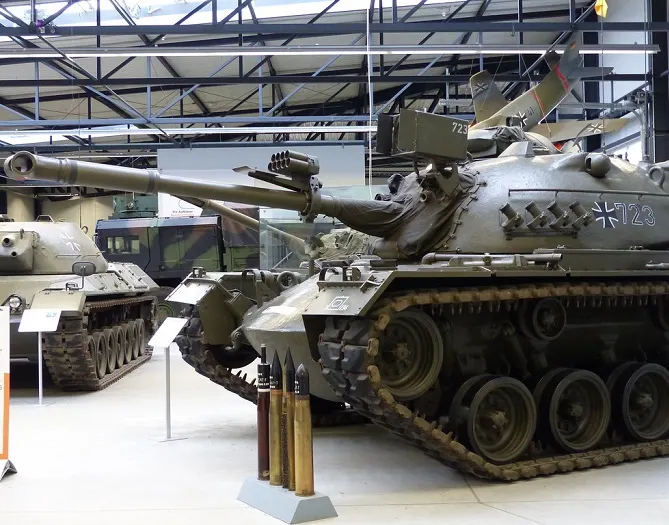Russia and the United Kingdom continue to engage in a new, bitter war of words over the British side’s plan to supply Ukraine with armour-piercing shells with Depleted Uranium for Challenger 2 battle tanks.
Russian President Vladimir Putin comments on the UK supplying depleted uranium ammunition to Kyiv’s forces, saying “we will have to react to this”.
More on the joint statement by Putin and Xi Jinping: https://t.co/v37hebGkvV
Sky 501, Virgin 602, Freeview 233 and YouTube pic.twitter.com/aqZlGSFE6g
— Sky News (@SkyNews) March 21, 2023
Moscow asserts that London has apparently already forgotten about the well-known dire consequences of the use of such toxic and radioactive munitions “during the conflicts unleashed by the West” in Yugoslavia and Iraq.
Russia is “deliberately trying to disinform,” said the UK Ministry of Defense on Tuesday, after Russian President Vladimir Putin warned London against providing Ukraine with ammunition that contains depleted uranium.
“Russia knows this, but is deliberately trying to disinform.… pic.twitter.com/1VYQIFV271
— Yasmina (@yasminalombaert) March 22, 2023
On the other hand, the UK government has accused the Kremlin of “deliberately trying to disinform,” insisting that the British Army has used Depleted Uranium in its armour-piercing shells for decades and has nothing to do with nuclear weapons.
What is Depleted Uranium?
Depleted Uranium is a dense metal produced as a by-product of enrichment of natural uranium for nuclear fuel. It is still radioactive, but at a much lower level than the starting material. The official definition of Depleted Uranium given by the US Nuclear Regulatory Commission (NRC) is uranium in which the percentage fraction by weight of U-235 is less than 0.711%.
What are the military uses of Depleted Uranium?
According to the International Atomic Energy Agency (IAEA), the world’s central intergovernmental forum for scientific and technical cooperation in the nuclear field, Uranium’s physical and chemical properties make it very suitable for military uses. Depleted Uranium is used in the manufacturing of ammunitions used to pierce armour plating, such as those found on tanks, in missile nose cones and as a component of tank armour.
NATO countries dropped 15 tons of depleted uranium on Yugoslavia during their military aggression.
According to the Serbian academician Rakic, this volume would be enough to create 170 atomic bombs. The targets were residential areas and businesses. including chemicals. pic.twitter.com/xCUic2zxF2
— Spriter (@spriter99880) March 22, 2023
Armour made of depleted uranium is much more resistant to penetration by conventional anti-armour ammunitions than conventional hard rolled steel armour plate. Such munitions were used in both Gulf Wars and in Serbia and Kosovo.
What are the health hazards associated with Depleted Uranium?
The US Department of Veterans Affairs has acknowledged that some of its Gulf War, Bosnia, Operation Enduring Freedom (OEF), Operation Iraqi Freedom (OIF), and Operation New Dawn (OND) veterans may have been exposed to Depleted Uranium when they were: on, in, or near vehicles hit with friendly fire; entering or near burning vehicles; near fires involving DU munitions; or salvaging damaged vehicles.
Members of the Ukrainian Armed Forces are being trained on the UK’s main battle tank.
The UK has committed to providing 14 Challenger 2 tanks and accompanying ammunition to support Ukraine in its ongoing battle for freedom.
#StandWithUkraine
pic.twitter.com/vIyNyTm47d
— Ministry of Defence
(@DefenceHQ) March 18, 2023
The potential for health effects from internal exposure is related to the amount of DU that enters a person’s body. Inhaled DU particles are likely cleared from the lungs over several years.




















